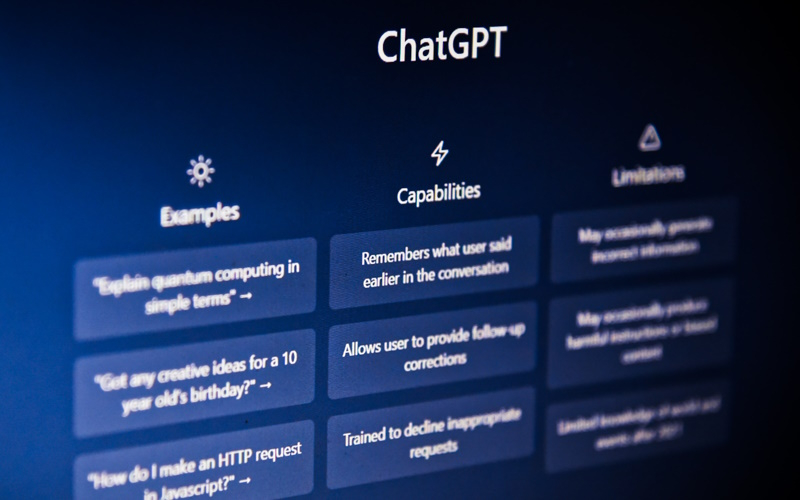ChatGPT – short for Chat Generative Pre-trained Transformer – has given event professionals an interesting tool to work with. Some of its uses have included: drafting emails and sponsorship proposals, creating social media content calendars, generating SEO keywords for a website, creating menus for specific dietary needs, and brainstorming speaker topic ideas.
(Haven’t tried it yet? Sign up for a free account here.)
However, the results have met with varying successes. Much like the computer science and mathematics concept of GIGO – short for ‘garbage in, garbage out’ – the quality of what you get with ChatGPT is largely determined by what you ask, or more specifically how you ask for it.
With that in mind, here are seven tips on getting the best results with your ChatGPT prompts:
- Keep your language and requests clear and concise.
Making sure your request is clear simply removes opportunities for a misunderstanding and getting results that aren’t quite right.
- Be specific. Very specific.
It’s good practice to add as many specific guidelines to your request as possible. This can include a word count, the number of ideas or points you want listed, anything you want included or left out, keywords that need to be used, and so forth.
- Include the intended purpose and audience of what you are asking for.
Tell ChatGPT what it’s response will be used for, including who will be reading it and why. For example, if you say a social media post is intended to motivate students to attend your event, the tone and style will be wildly different to the one written to encourage academics to attend your event.

- Request your preferred writing style.
Did you know that you can request a certain author’s writing style from ChatGPT? While its prose might not be as moving as the great novelists, or as slick as the best copywriters, it can help to give the result a personality more appropriate to what you are trying to achieve.
- It can generate tables if you ask it to.
If you need a table of content rather than paragraphs, that’s no problem, simply ask it to provide the information in a table format and specify the number of columns and the content for them.
- It can also generate ASCII art.
It’s true! As well as paragraphs and tables, ChatGPT can create art with characters and symbols. It’s not particularly sophisticated but can be fun to play around with.
(If you’re looking for more convincing AI generated art and even photos, which can have useful marketing applications, try DALL-E-2 [also created by OpenAI, the same company behind ChatGPT], Midjourney, DreamStudio, Craiyon or Gencraft.)
- Keep asking until you get it right.
Sometimes the first result is the best one, but not always. Feel free to ask it to revise an answer, again with specific feedback on what you do or don’t like. Keep asking until the answer shapes up to what you are looking for.
Remember you can also give instructions for all future responses to adhere to certain guidelines or requests you have (such as using a writing style specific to your business), which can save you time in the longrun.
RELATED: We asked ChatGPT how it can benefit event planners; this is the reply
Cover image by Emiliano Vittoriosi and article image by Levart_Photographer, both on Unsplash.




